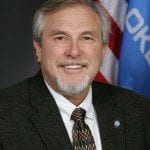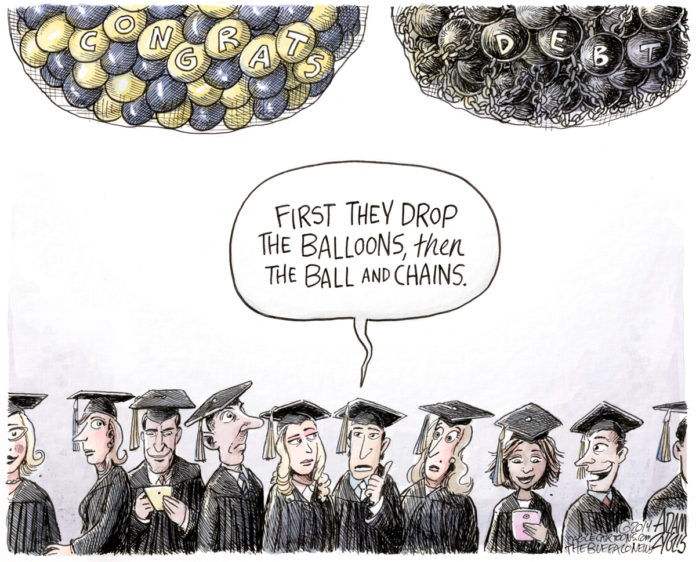BY DAVID PERRYMAN
 In 1917, the dome-less state Capitol building was called complete. For the 20 years prior to that date, the state had been the largest oil producing entity in the world and it would continue to out-produce any other U.S. state until surpassed by California in 1923.
In 1917, the dome-less state Capitol building was called complete. For the 20 years prior to that date, the state had been the largest oil producing entity in the world and it would continue to out-produce any other U.S. state until surpassed by California in 1923.
In 1917 Phillips Petroleum Co. was founded in Bartlesville. Fuel and farm products were in great demand. On paper Oklahoma’s economy was ginning right along. Unfortunately, 1917, was not providing all Oklahomans with abundance or comfort.
Oklahoma agriculture included many sharecroppers and tenants who were subsistence dirt farmers. Seventy-six percent of Oklahoma’s farmers who were under age 24 rented their land and 45% of the farmers between 25 and 33 were tenants on the land that they farmed.
These struggling dirt farmers were a combination of whites, African Americans and Native Americans and found themselves facing hopeless situations. They felt that usurious creditors and demanding landlords robbed them of the ability to provide for their families or to better themselves.
All they had was their labor and despite backbreaking toil, they faced a bleak future. They had nothing and had little hope of accumulating anything. Then Congress voted to enter the war in Europe and in May 1917 instituted the draft.
The farmers perceived that this was a rich man’s war that was not their concern. They saw no benefit in leaving their meager existence to fight to protect the wealth and comfort of their oppressors.
In the heat of the summer of 1917, despair turned to action. Without regard to racial identity, as many as 35,000 to 50,000 white, African American and Native American tenant farmers stood shoulder to shoulder with a goal to throw off oppression.
On July 20, 1917, the U.S. Secretary of War drew numbers to induct young men pursuant to the Selective Draft Act and the discontent increased. Less than two weeks later, between 800 and 1,000 white, black and red tenant farmers decided to take action.
According to the accounts of historian Nigel Sellars, in Treasonous Tenant Farmers and the Green Corn Rebellion, on Aug. 2, 1917, these men who truly believed that the war was J. P. Morgan’s and not theirs, gathered on the banks of the South Canadian River with a plan to march east to Washington.
They planned to live off the land, eat green corn and barbeque beef on their way to overthrow the president, repeal the draft act and end the war. The rebellion was quickly suppressed by businessmen and the law. Gunfire ensued, three farmers died and the posse rounded up nearly 450 men, 150 of which faced sentences of six months to 10 years.
Perhaps they were naïve. For sure they were desperate. Ultimately they were suppressed.
Decades later, an elderly Native American told about her uncle being one of the incarcerated. She was quoted as saying, “The full moon of late July, early August it was, the Moon of the Green Corn. It was not easy to persuade our poor white and black brothers and sisters to rise up. We told them that rising up, standing up, whatever the consequences would inspire future generations … so that those who come after will rise up … and eventually prevail.”
Today many young men and women face despair. They are unable to survive on the wages they earn. If they seek to better themselves through education, they find themselves with debt often exceeding hundreds of thousands of dollars. The Legislature cuts higher education and universities increase tuition and fees and the situation worsens.
It is our imperative that the policy of our state provides hope and not despair. It is imperative that it be done before another Moon of the Green Corn.
– David Perryman, a Chickasha Democrat, represents District 56 in the Oklahoma House of Representatives








